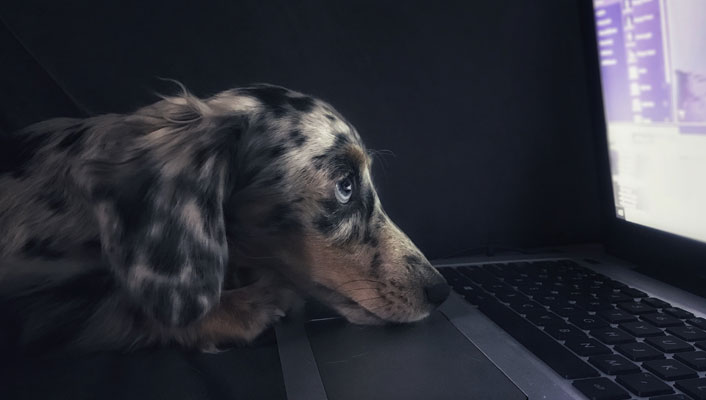The rapidly changing landscape of pet insurance presents both unique challenges and opportunities for underwriters and pricing specialists. As they work to strike the right balance between risk assessment and premium pricing, understanding the nuances of this evolving industry becomes paramount. Here's a comprehensive dive into the dynamics at play.
Modern veterinary medicine is a testament to how far we've come in ensuring our pets receive the best care possible. Advanced diagnostic tools, cutting-edge treatments, and specialised surgeries have led to better health outcomes for pets. However, these advancements come with escalated costs. According to the ABI, payouts related to pet care saw a staggering increase in 2022, touching the £1 billion mark. For underwriters, the challenge is to integrate these rising treatment costs into premium calculations without making insurance unaffordable for pet owners.
Digital transformation is reshaping industries, and pet insurance is no exception. Today's pet owners demand swift, seamless, and transparent online experiences. From obtaining quotes to claim settlements, the expectation is for a digital-first approach. This shift means underwriters need real-time data processing tools that offer precise verifications, fast underwriting validation while ensuring accurate risk assessments.
Historical data on breed, age, and health conditions have long been the pillars of pet risk assessment. However, the geographic location of a pet is emerging as a significant factor. Urban terrains, with their bustling traffic and potential hazards, differ vastly from the quieter, expansive rural settings that come with their own set of risks. By incorporating micro-level geographic insights into their models, underwriters can provide a more granular risk assessment, leading to better-aligned premium structures.
Insurance fraud, whether it's in the form of misrepresented information or inflated claim amounts, is a constant challenge. In the pet insurance realm, the spectrum of fraud can vary from hiding pre-existing conditions to misstating a pet's age or breed. It's crucial for underwriters to have robust verification systems in place. Centralised claims databases, streamlined verification processes, and fraud detection intelligence are becoming indispensable tools in this battle.
Economic fluctuations, such as the cost-of-living crisis, influence decisions around pet insurance. During economically challenging times, pet owners might ponder more deeply on the value proposition of insurance, potentially even forgoing it. It's essential for underwriters to factor in these broader economic scenarios, devising strategies that offer value without compromising on coverage.
With an influx of new entrants into the pet insurance market, the competition is fierce. For established players, the challenge is twofold: retain current customers and appeal to new ones. Harnessing sophisticated tools, leveraging data-driven insights, and staying attuned to evolving customer needs are key components in ensuring optimal policy pricing and offerings.
In an era where data is paramount, having access to comprehensive data tools can significantly enhance the underwriting process. Sophisticated solutions provide invaluable insights into risk assessment, helping underwriters make more informed decisions.
As a case in point, tools like CRIF's "Pet Score" offer a fresh perspective by assigning risk scores based on geographic locations, allowing for a deeper understanding of location-specific risks. On the other hand, "Pet Check" provides real-time validation of a wide range of pet details including pre-existing conditions, ensuring that every piece of information aligns with the claims history of the pet owners, reducing potential discrepancies and aiding in the accurate assessment of policy premiums.

The pet insurance industry is a mosaic of interwoven factors, from medical advancements to economic fluctuations. For underwriters and pricing specialists, navigating this landscape requires a blend of experience, insight, and cutting-edge tools. As the pet insurance industry continues to evolve, those equipped with the right tools and knowledge will undoubtedly lead the charge, setting benchmarks for excellence and innovation.



